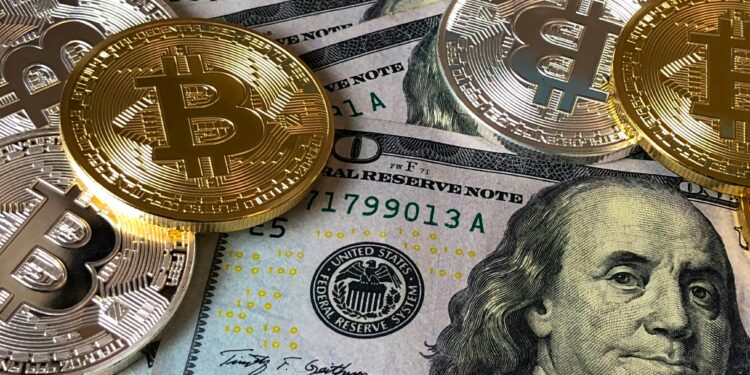In the realm of global economics, few symbols carry as much weight and influence as the almighty dollar. From bustling Wall Street to remote corners of the world, the U.S. dollar serves as a universal language of commerce, a standard against which other currencies are measured, and a symbol of economic might. But the journey of the dollar from its humble beginnings to its current status as the world’s primary reserve currency is a fascinating tale of innovation, power struggles, and economic diplomacy.
The Birth of a Currency:
The history of the U.S. dollar can be traced back to the early days of American independence. In 1785, the Continental Congress established the dollar as the official currency of the United States, drawing inspiration from the Spanish dollar and various European coins in circulation at the time. However, it wasn’t until the Coinage Act of 1792 that the dollar was officially defined in terms of a specific weight of silver, laying the foundation for its stability and widespread acceptance.
Rise to Global Dominance:
Throughout the 19th and early 20th centuries, the U.S. dollar steadily rose in prominence, buoyed by America’s economic expansion and industrial prowess. The adoption of the gold standard in 1900 further solidified the dollar’s position as a reliable store of value, making it the preferred currency for international trade and finance. By the end of World War II, the dollar emerged as the undisputed leader among global currencies, thanks in part to the Bretton Woods Agreement of 1944, which pegged the value of other major currencies to the dollar and established the International Monetary Fund (IMF) and the World Bank.
Challenges and Transformations:
However, the post-war era also brought challenges to the dollar’s dominance. In the 1970s, mounting inflation and the growing cost of the Vietnam War prompted President Richard Nixon to abandon the gold standard, ushering in an era of fiat currency and floating exchange rates. The dollar’s value became more susceptible to market forces, leading to periods of volatility and uncertainty. Yet, despite these challenges, the dollar retained its status as the world’s primary reserve currency, a testament to the resilience and adaptability of the American economy.
Modern-Day Influence:
Today, the dollar’s influence extends far beyond the borders of the United States. It serves as the preferred currency for international trade, with nearly 60% of global foreign exchange reserves held in dollars. Major commodities such as oil are priced and traded in dollars, further cementing its role as the backbone of the global economy. Moreover, the dollar’s status as a safe haven during times of crisis has only reinforced its appeal to investors and central banks around the world.
Challenges and Future Prospects:
However, the dollar’s dominance is not without its critics. Some economists argue that the reliance on a single currency for international transactions creates imbalances and vulnerabilities in the global financial system. Others point to the rise of digital currencies and the increasing influence of emerging economies as potential threats to the dollar’s supremacy. Nonetheless, the dollar remains resilient, supported by the depth and liquidity of U.S. financial markets, as well as the stability of the American political and economic system.
Conclusion:
In the ever-evolving landscape of global finance, the U.S. dollar stands as a testament to the power of a currency to shape the course of history. From its humble origins to its current status as the world’s dominant reserve currency, the dollar has weathered countless storms and emerged stronger than ever. As we look to the future, the mighty dollar will undoubtedly continue to play a central role in shaping the economic fortunes of nations around the world.













Recent Comments